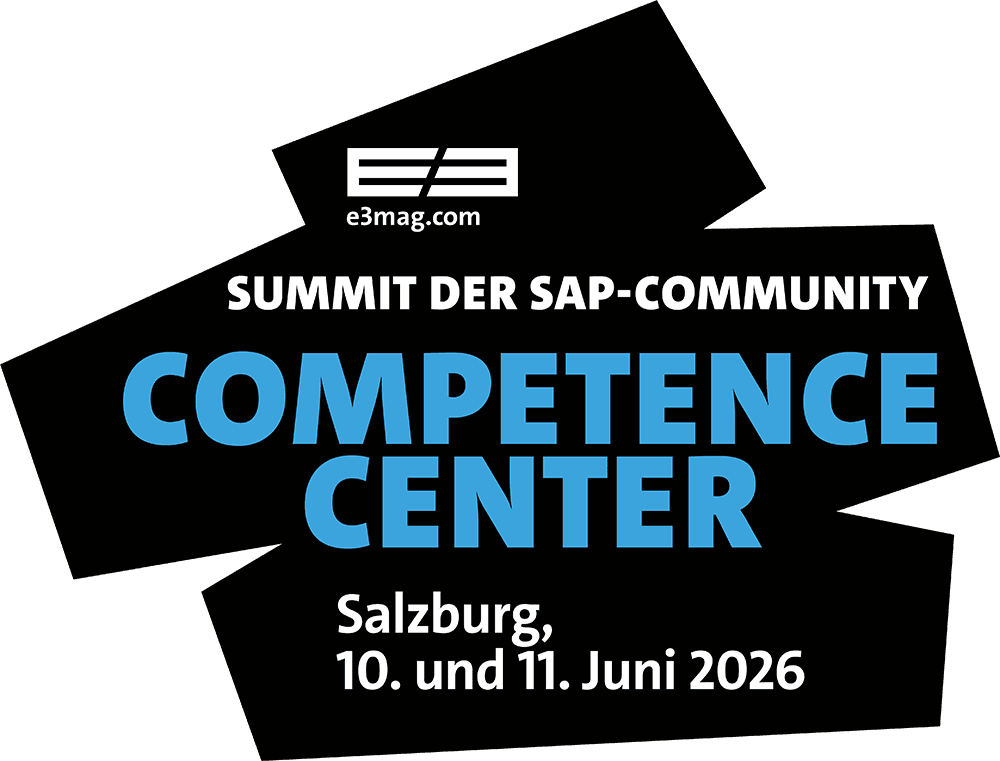Transformation in four steps


Systems in the chemical industry are complex. Unexpected downtime is expensive and can become a safety risk. It is therefore important to know approximately the remaining useful life and how likely it is that equipment or entire systems will fail.
Generative AI, embedded in the cloud-based SAP Asset Performance Management solution, determines their performance and reliability and predicts their service life.
Advantage: Early maintenance reduces downtimes and therefore also the economic risk. Generative AI also helps to make processes more efficient in other industries and applications, thereby saving costs and resources. One thing is clear: generative AI is often the reason why companies opt for cloud standards.
Successful Gen AI with cloud
The prerequisite for this is a well thought-out transformation that takes process standards such as the S/4 Cloud into account. In this public SaaS solution, the standard is prefabricated, while in the
private solution from S/4 Cloud offers the option to adapt processes. Both cloud solutions make it possible to use the latest innovations through generative AI. The challenge is to keep an eye on your own competitive advantage. This is made possible by our approach of value-oriented transformation:
1. proceed strategically with MPSA
Start with standards, allow freedom: with its cloud solutions, SAP is pursuing the goal of providing an adaptable, innovative architecture. However, the „SAP Best Practices“ for the industries are often „only“ the lowest common denominator across the respective industry. Companies do not always get by with the solutions on offer alone. The basic idea of the Multi Pillar Strategic Architecture (MPSA) is to find out where companies should rely on S/4-based standards, when they should use the Business Technology Platform (SAP BTP) for individual extensions (and the associated competitive advantages on the market) and in which areas they should use alternatives to SAP.
There are also Capgemini's own extensions for some sectors - for example, „reference architectures“ for sectors such as discrete manufacturing, life science, energy and automotive, or extensions such as AutoCloud.
2. tools for a coherent target image
Gain transparency about processes and prioritize them: While the MPSA represents the target image of a company, the Integrated Toolchain helps to look inside the processes.
SAP Signavio, for example, is there to find out which processes can be automated well. Targeted testing here saves time and resources. SAP Cloud ALM records requirements and prioritizes or deprioritizes them. A tool from Capgemini subsidiary Syniti cleanses data with the help of AI and ensures good data quality. The aim of the toolbox is to prepare a coherent target picture.
3. integrate generative AI
Productivity boost through adapted strategies: In a global survey by Capgemini, one in two executives surveyed expect strategies and business models to change as a result of generative AI, with almost one in three (28 percent) expecting a boost in productivity.
One example of this is SAP Joule for Consultants, an AI assistant integrated into SAP that supports consultants during the transformation process in obtaining specific answers from a company's SAP cosmos. This can involve business figures or even the automatic generation of programming codes. The company-specific ChatGPT accelerates consulting projects by an average of 14 percent, consultants save one and a half hours per day and the time required for programming is reduced by 40 percent.
4. data quality as a prerequisite
The quality of the data is an important basis: a prerequisite for AI agents to work reliably is that they can rely on the data they draw from the systems. The Capgemini subsidiary Sy-niti, among others, ensures the necessary data quality. Their „data first“ approach means that they only start to restructure the architecture and use tools when the data quality is right. Syniti itself uses generative AI to independently identify and correct duplications and errors in data records.
Generative AI has a reputation as a panacea for making companies more innovative, agile and efficient. However, it also requires transformation in order to use cloud-based standards and ultimately exploit its potential.





